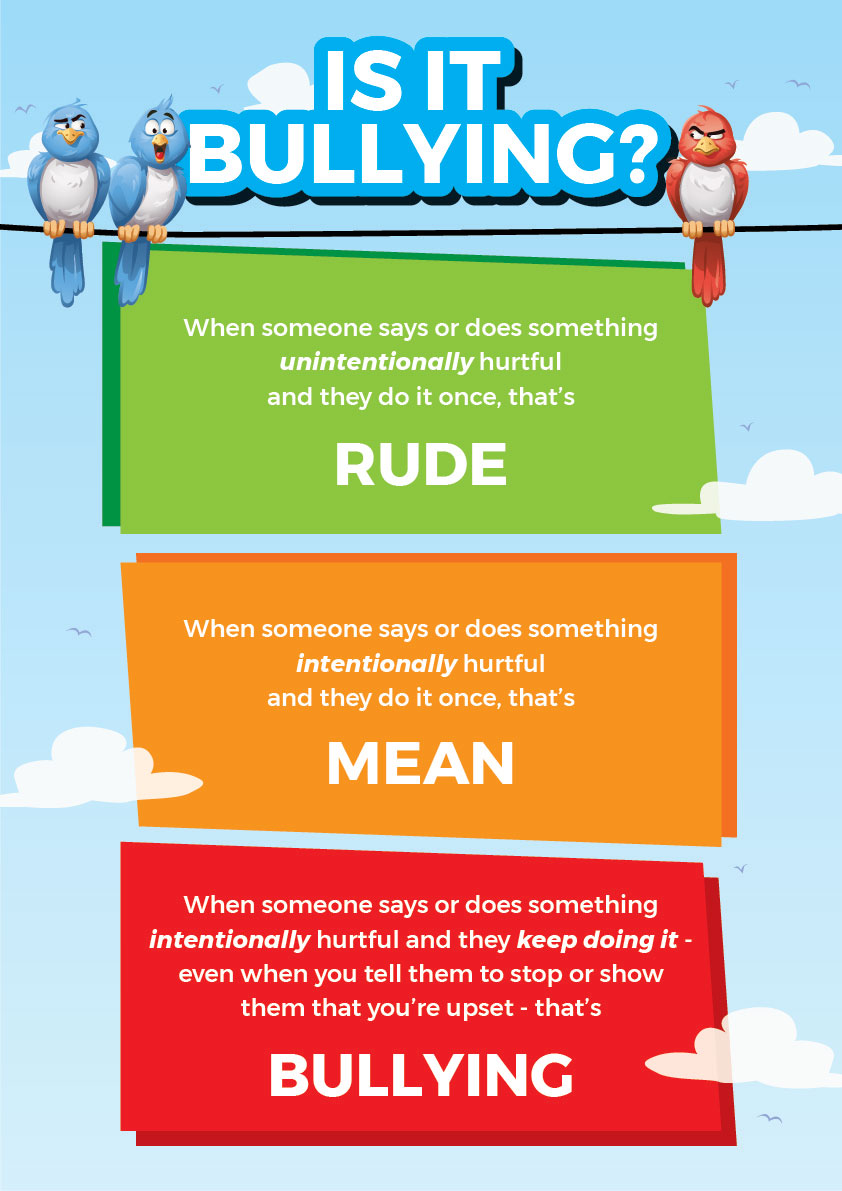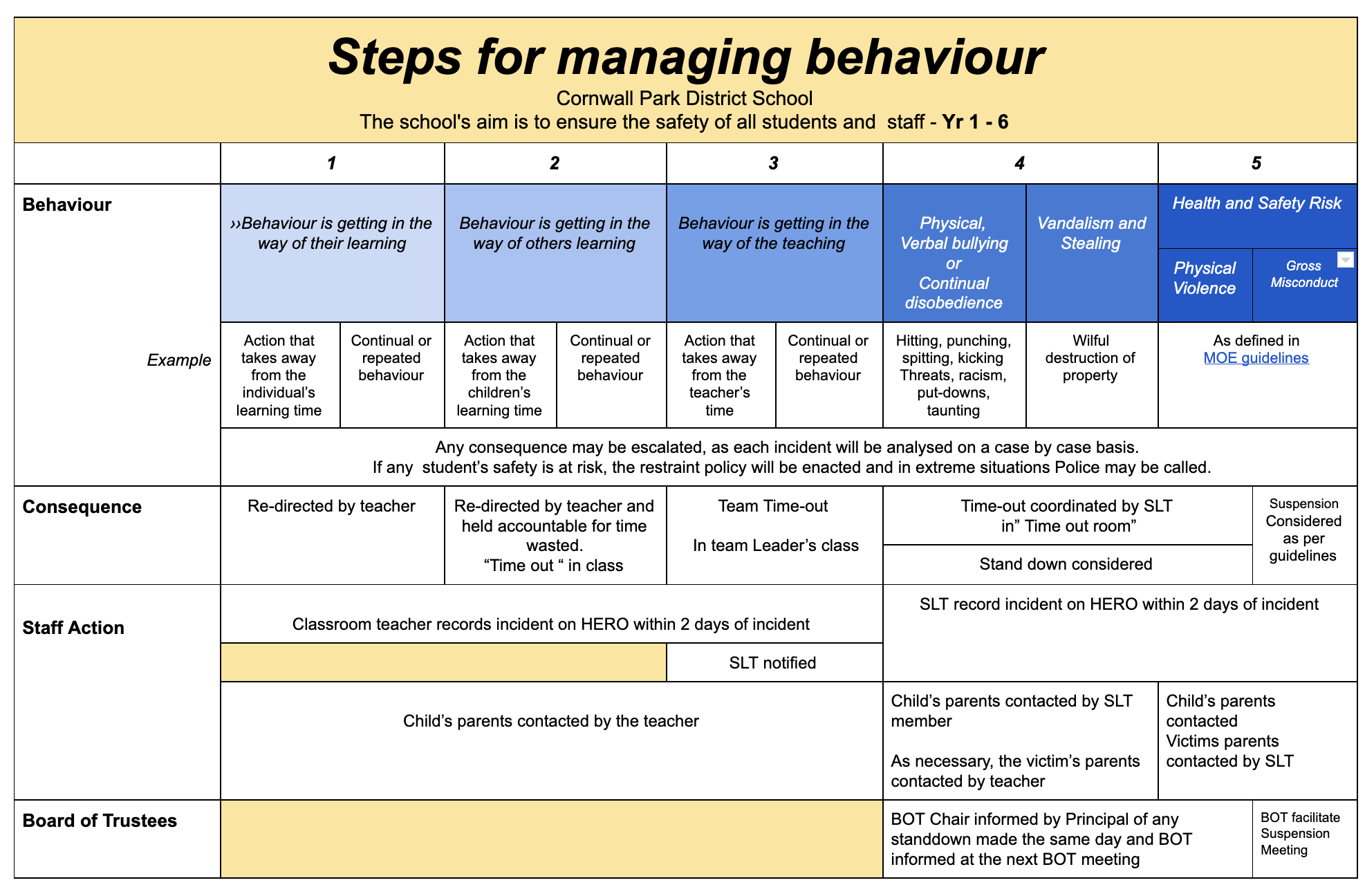What is Bullying?
We all know school is much more than just a place to learn academic subjects. It also provides the opportunity for children to socialise and to learn from those times that might not have been as positive as they would like. It is not uncommon to have children complaining of being bullied and this term is often also used by parents when they contact us about a situation involving their children.
Bullying is very serious and one the school has no tolerance for. However, it is important for us all of us to have a shared understanding of what the term means so we can all apply it accurately when situations arise.
The Ministry of Education states on their website:
Whether bullying is physical, verbal, or social (relational), four widely-accepted factors can be used to identify it:
- Bullying is deliberate – harming another person intentionally
- Bullying involves a misuse of power in a relationship
- Bullying is usually not a one-off – it is repeated, or has the potential to be repeated over time
- Bullying involves behaviour that can cause harm – it is not a normal part of growing up.
Bullying can happen anywhere, in person or online (cyberbullying), at any time, and can be verbal, physical or social (relational). It can be obvious or hidden.
Kids who bully use their power — such as physical strength, knowing something embarassing, or popularity — to control or harm others. Bullying is when one student (or a group of students) keeps picking on another student again and again to make them feel bad. They say or do things to upset them, make fun of them, stop them from joining in, or keep hitting or punching them.
This downloadable factsheet promotes a common understanding of bullying.


